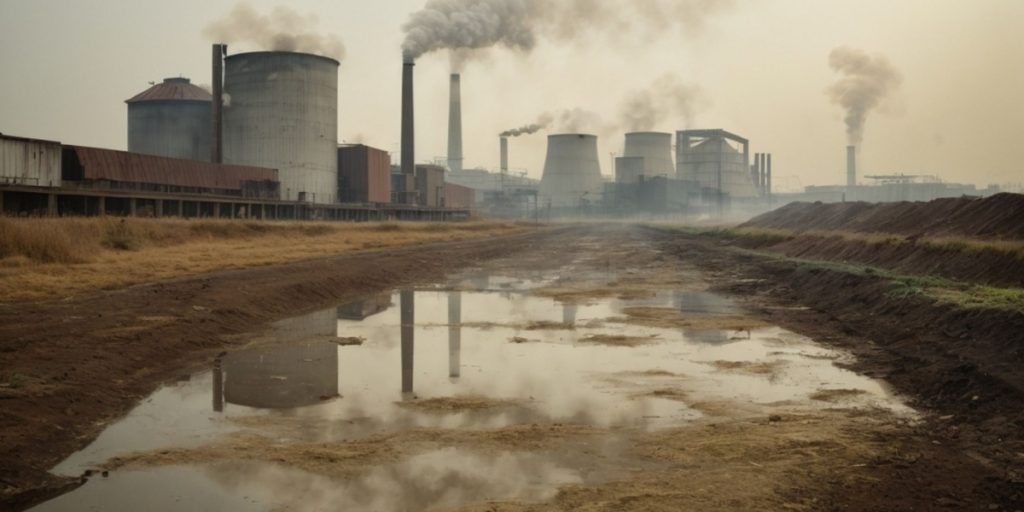Despite a 2023 global agreement to “transition away” from fossil fuels, emissions from coal, oil, and gas remained high in 2024.
Others are reading now
In 2024, atmospheric carbon dioxide jumped by 3.5 parts per million, reaching a global average of 424ppm.
This marks the steepest annual increase since modern records began in 1957, according to the World Meteorological Organization (WMO).
The climate crisis intensifies
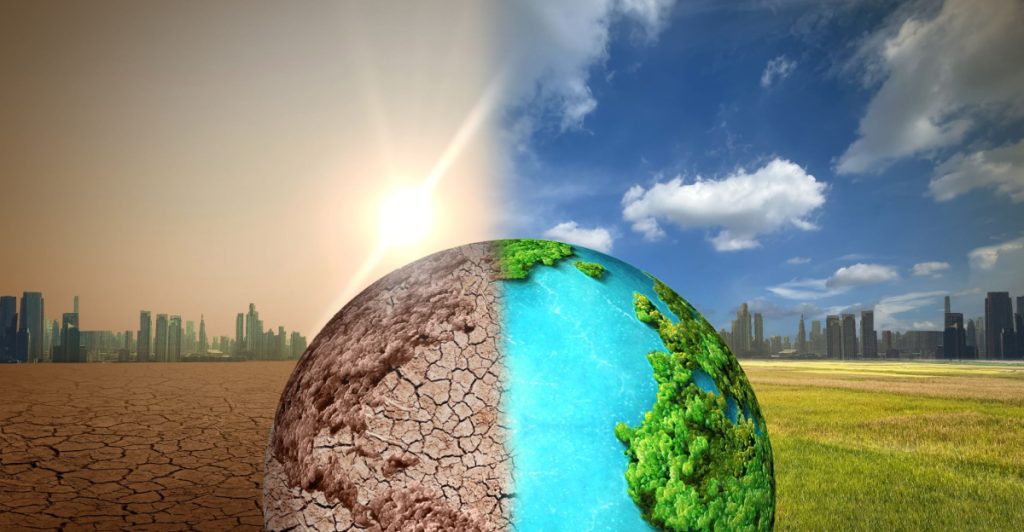
This rise in CO₂ adds more urgency to the global climate emergency. The gas is a primary driver of global heating, and higher concentrations in the atmosphere mean more heat is trapped, worsening extreme weather and long-term climate impacts.
Fossil fuels still dominate
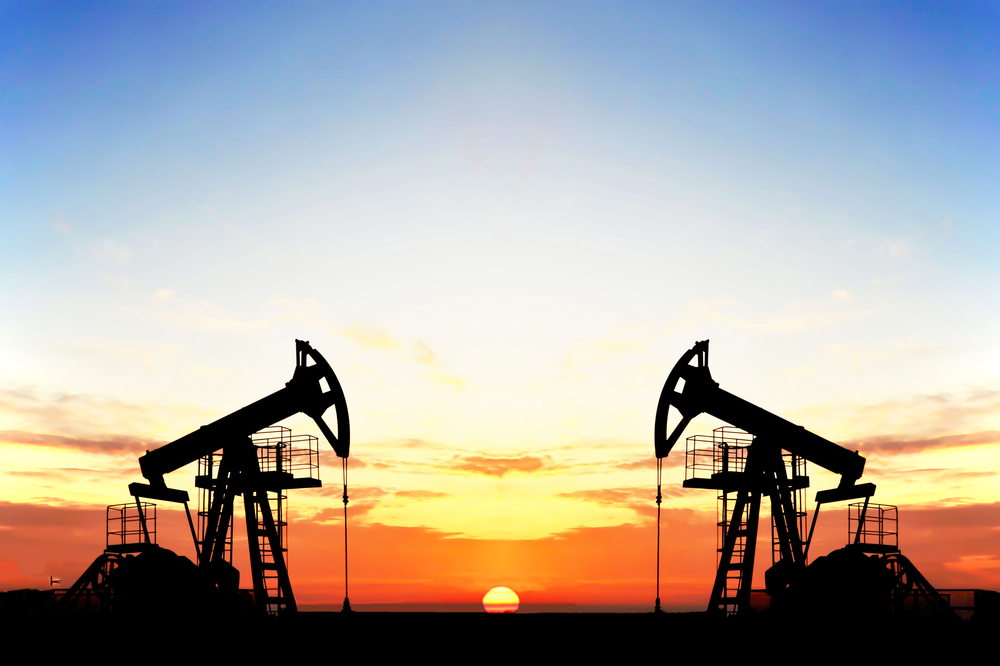
Despite a 2023 global agreement to “transition away” from fossil fuels, emissions from coal, oil, and gas remained high in 2024. This ongoing reliance is a major factor behind the spike in atmospheric CO₂.
Wildfires worsen the problem
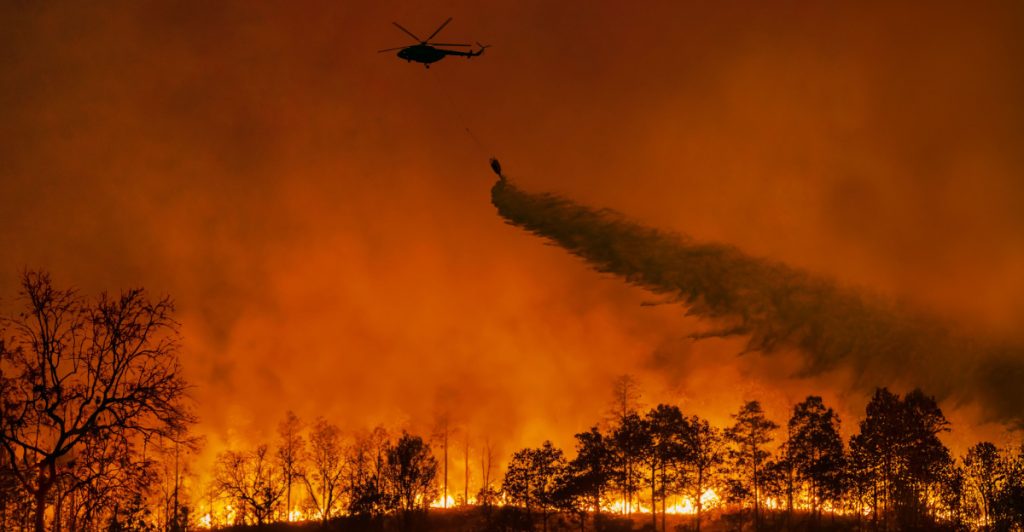
Wildfires surged in 2024, especially across the Americas, releasing massive amounts of carbon into the air. The fires were made more intense and widespread by record-breaking heat and drought, themselves symptoms of global heating.
Also read
Oceans are absorbing less carbon

As global sea temperatures rise, the oceans’ ability to absorb CO₂ is falling. Warmer waters hold less gas, which means more carbon stays in the atmosphere, feeding further warming.
Land-based carbon sinks under pressure

Forests, grasslands, and other vegetation are absorbing less CO₂ due to hotter, drier conditions and widespread fire damage. This reduced uptake from land ecosystems is deeply worrying to climate scientists.
Carbon sink failure in El Niño years

CO₂ absorption is typically weaker during El Niño events, like those in 2023 and 2024. These natural climate cycles warm the planet even more, on top of human-caused heating, further weakening nature’s ability to balance emissions.
Scientists warn of a feedback loop

Dr Oksana Tarasova of the WMO warns that if land and ocean carbon sinks continue to weaken, more CO₂ will accumulate in the atmosphere. This could form a feedback loop where warming leads to higher emissions, which cause even more warming.
CO₂’s long life spans generations
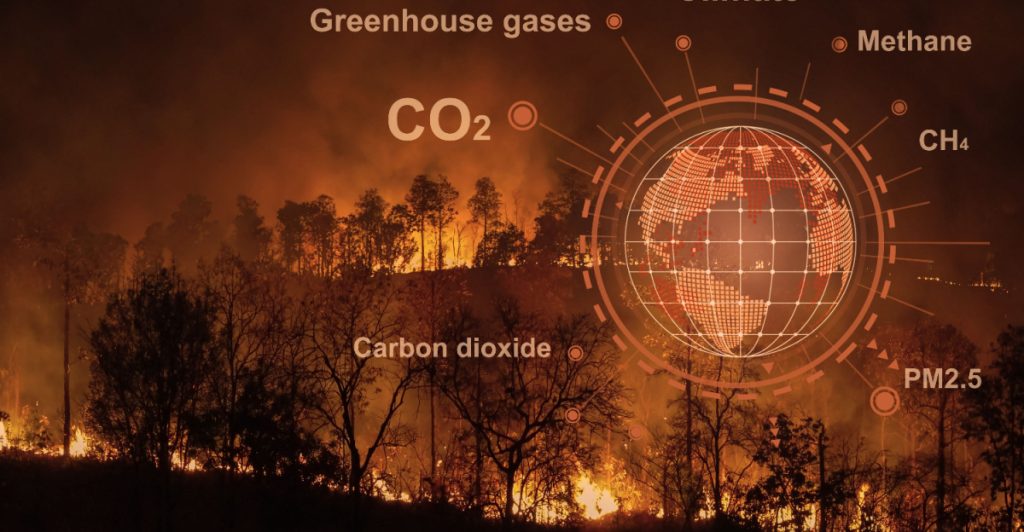
Once released, CO₂ stays in the atmosphere for centuries. The emissions of today will continue heating the planet far into the future, making immediate cuts in fossil fuel use all the more essential.
Also read
Methane also hits record levels
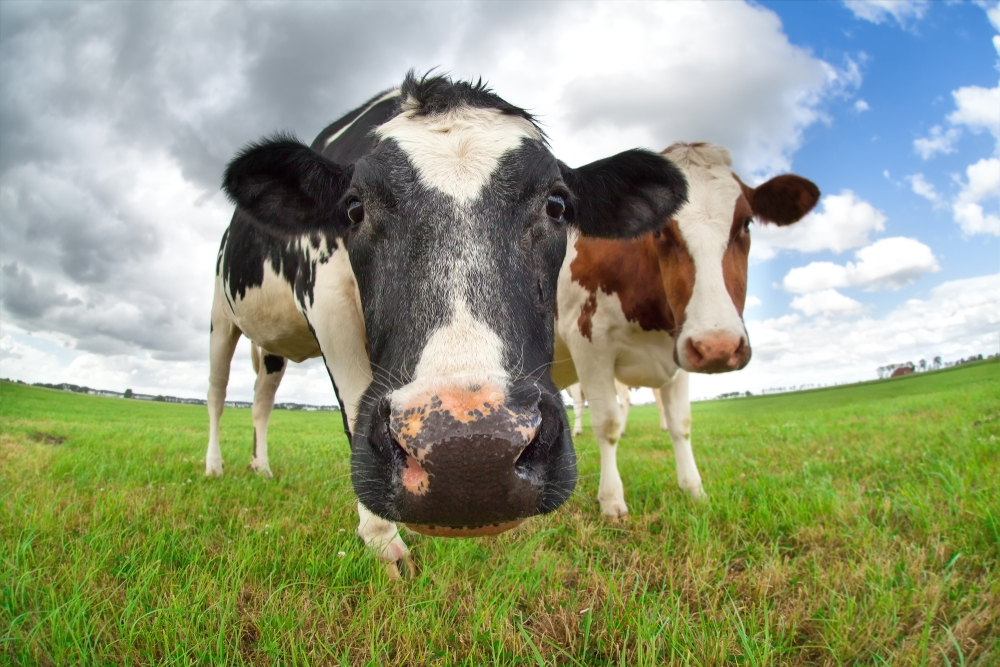
Methane, a potent greenhouse gas, also surged to new highs in 2024. About 40% of methane emissions come from natural sources like wetlands, but scientists believe warming is now boosting methane release from these sources.
Human activity drives methane and nitrous oxide

The rest of the methane rise comes from fossil fuel extraction, livestock, landfills, and rice farming. Nitrous oxide, another powerful greenhouse gas, rose too, mainly from fertiliser use and industrial processes.
WMO calls for urgent action

Ko Barrett, deputy secretary general of the WMO, stressed that CO₂ and other greenhouse gases are “turbo-charging” climate change. She said cutting emissions is vital for both environmental and economic stability.
All eyes on Cop30 in Brazil

This alarming data lands just weeks before the Cop30 climate summit in Belém, Brazil. With atmospheric records shattered, pressure is mounting for world leaders to accelerate action to avoid the worst effects of climate breakdown.

